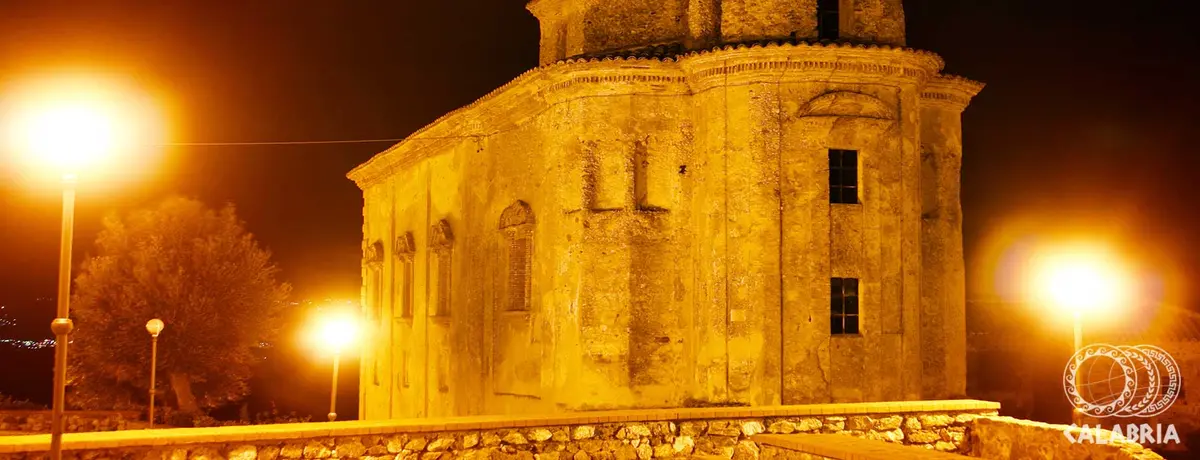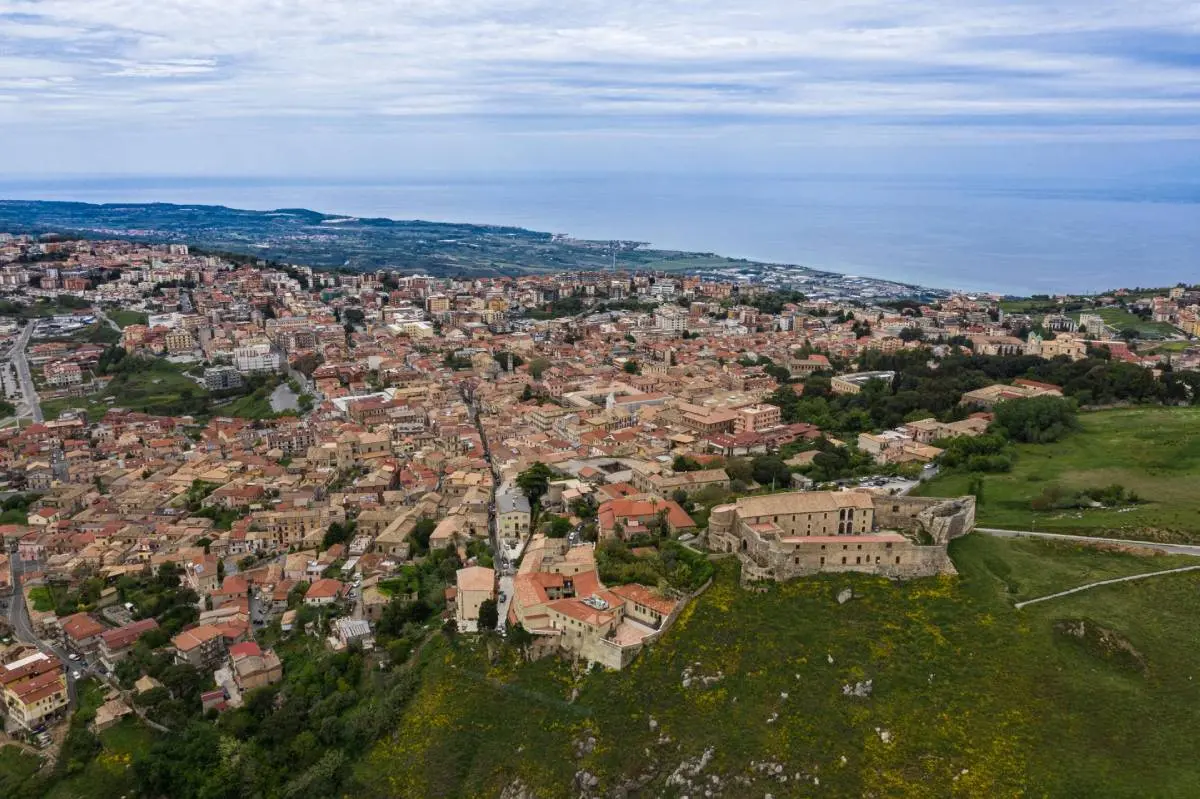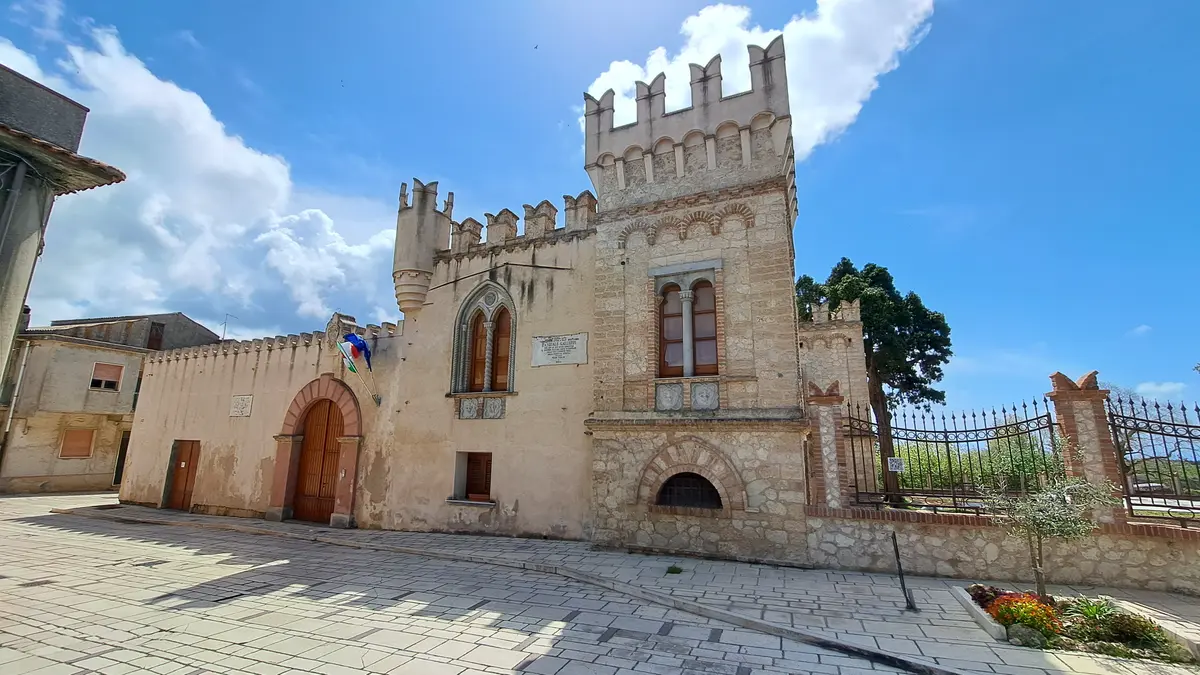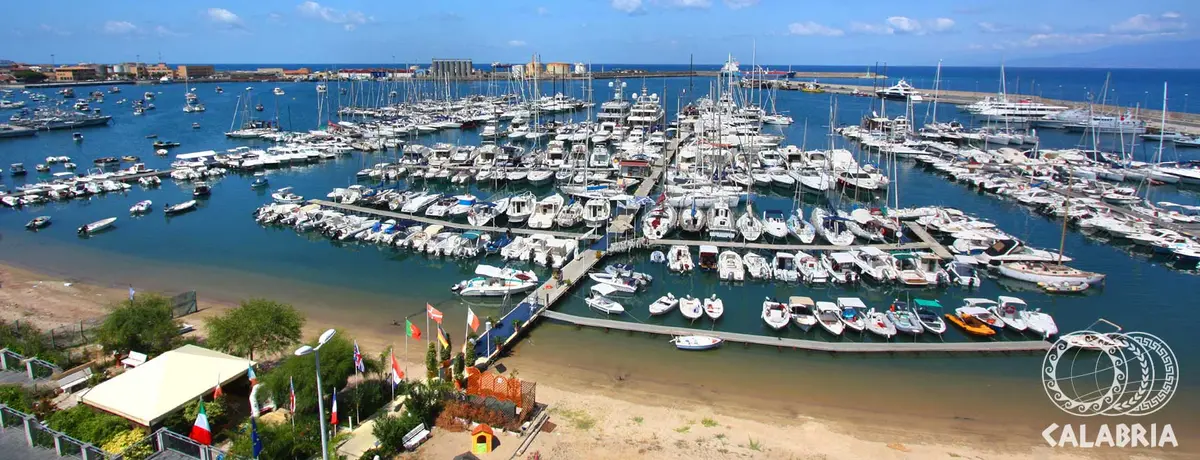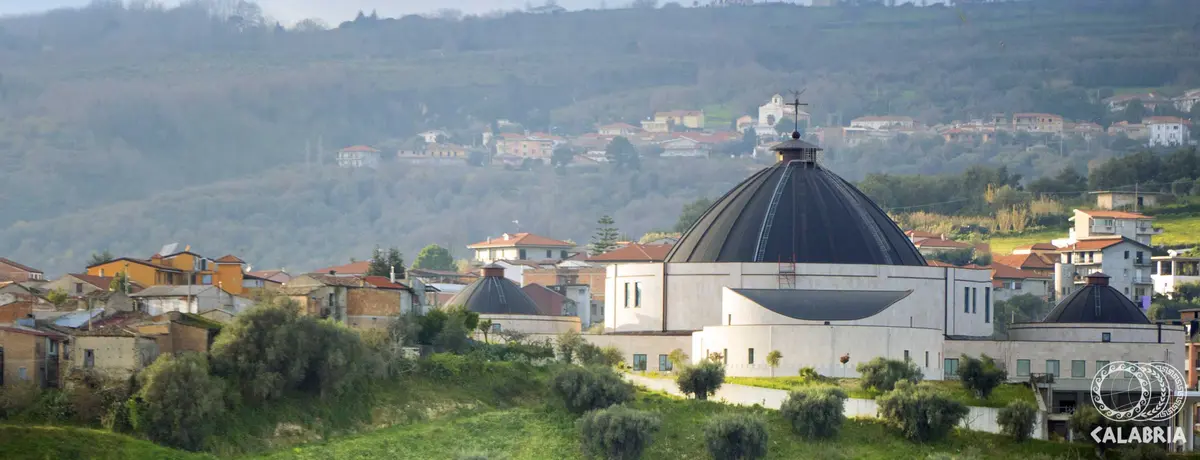Tropea
Tropea, the Pearl of the Tyrrhenian Sea

Blue flags
Tropea - Regione Calabria
Are you thinking of planning your holidays in Tropea? The ‘’Pearl of the Tyrrhenian Sea‘’ along the Costa degli Dei, in the province of Vibo Valentia, is waiting for you for a dip in the blue. Tropea sea, art and food, all concentrated in a postcard destination, not by chance a Blue Flag and one of The Most Beautiful Villages in Italy, to be discovered with a holiday dedicated to the sea and typical products, starting with the symbol of local gastronomy, the sweet PGI Tropea Red Onion.
Looking for a love nest for your holiday in Tropea? The Palombaro Cave, together with the San Lorenzo Cave and the Blue Cave, is one of the most romantic places on the coast.
Overlooking the ‘’sea of the gods‘’ from one of the most famous belvederes in the Mediterranean, with the unmistakable Shrine of the Madonna dell'Isola set on a cliff, reached by a long flight of steps overlooking the sea. The best way to get to know the historic centre of Tropea? Getting lost in its alleyways, discovering the Cathedral of Maria Santissima di Romania (12th century), an extraordinary example of Norman architecture that contains the icon of Maria Santissima di Romania, the patron saint of Tropea, and the refined noble palaces, such as the Toraldo Palace, the Sedile dei Nobili and the Santa Chiara Palace (now the Sea Museum). The historical centre is characterised by small squares and panoramic views: from Largo Ercole to Largo Galluppi, passing through Largo Villetta. In addition to the splendid cathedral, the Church of San Francesco D'Assisi and the deconsecrated Church of Santa Maria della Neve are worth a visit.
Among the beaches not to be missed are the Rotonda Beach, listed among the 50 most beautiful beaches in Europe, near the suggestive San Leonardo Rock; the free Cannone Beach; A linguata, which owes its name to the shape of its long, narrow sandy shore; and, of course, the Marina dell'Isola Beach, from which you can reach the magnificent Palombaro Cave.
No result
